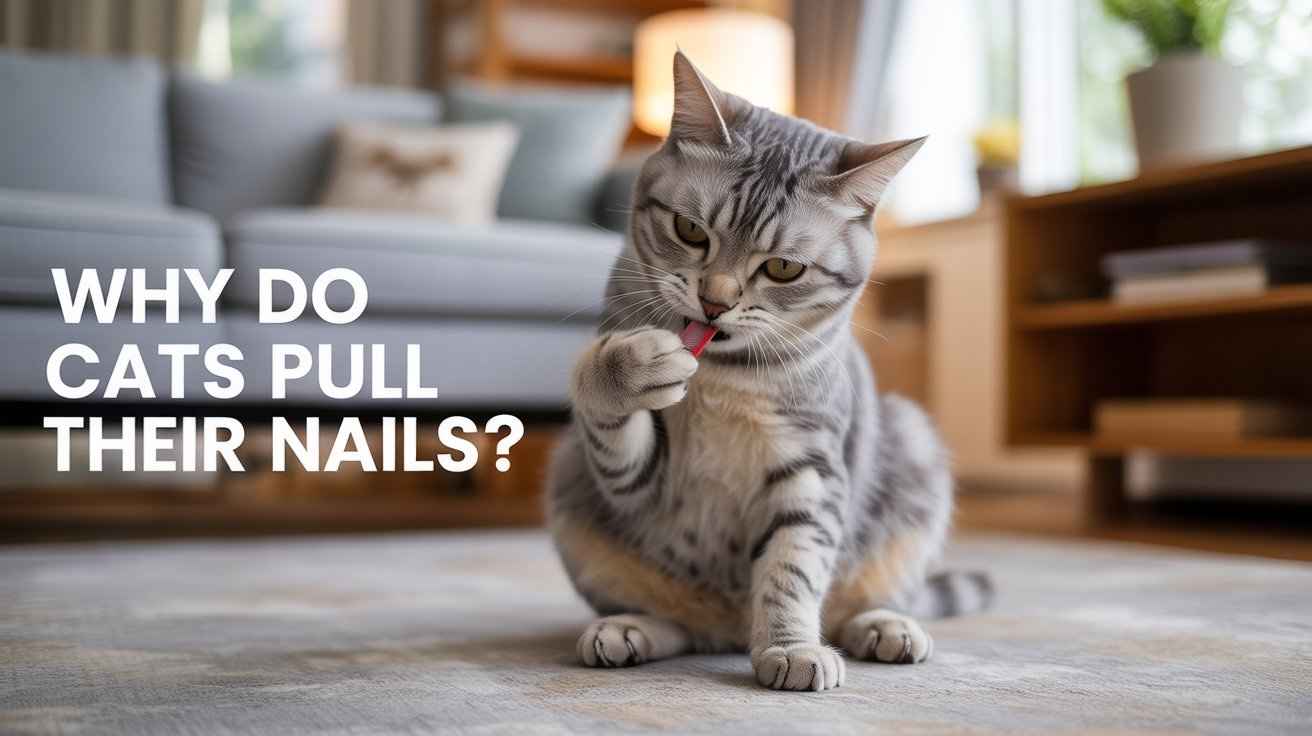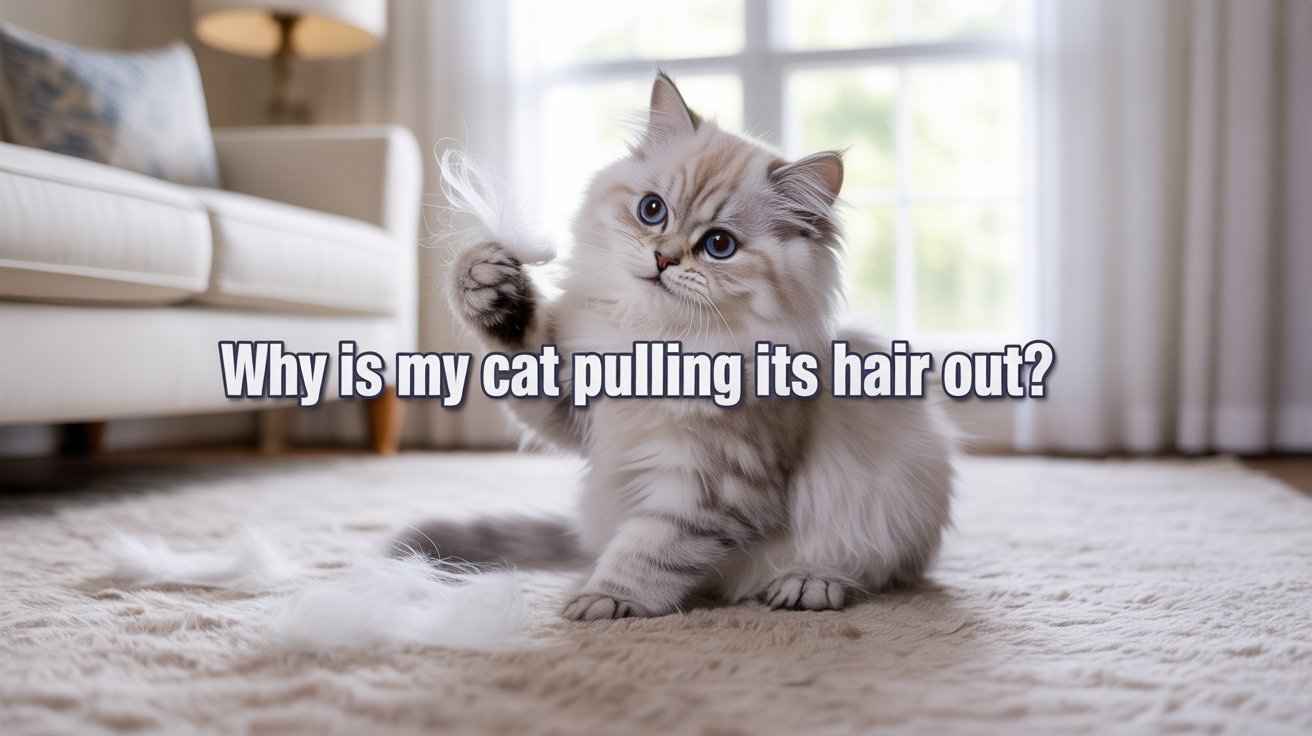Why do cats rip out their fur? 7 Common Reasons include stress, allergies, parasites, skin infections, pain, hormonal imbalance, and overgrooming.
Why do cats rip out their fur?
Have you ever seen your cat rip out its own fur? It can look scary and make you worry. Cats may pull fur when they feel itchy, sick, or stressed.
Sometimes it’s from fleas, sometimes from allergies, and other times it’s because they feel upset or bored.
This guide will help you understand why cats rip out their fur, what it means, and how you can help.
Why Cats Rip Out Their Fur and How to Help
Sometimes cats start pulling out their fur. It looks scary, but each cause has signs and a way to help. Look at this quick table:
| Cause | What You See | Quick Help |
|---|---|---|
| Fleas | Itchy bites, scratching a lot | Use flea medicine |
| Allergies | Red skin, chewing paws | Try special food, see vet |
| Parasites/Mites | Constant scratching, sore spots | Vet medicine for parasites |
| Ringworm | Round bald spots, flaky skin | Vet antifungal treatment |
| Pain/Injury | Licking one area all the time | Vet check, pain care |
| Stress/Boredom | Even bald spots, no wounds | Toys, play, calm space |
7 Common Reasons Cats Rip Out Their Fur
1. Fleas and Flea Allergy
Even one tiny flea bite can make a cat very itchy. Some cats are allergic, so they scratch and bite until their fur falls out.
2. Food Allergies
Cats can be allergic to certain foods, such as chicken or fish. This makes their skin itchy, so they chew and pull fur.
3. Parasites and Mites
Tiny bugs called mites live on the skin. They make cats scratch and bite, causing sore spots and bald patches.
4. Ringworm
Ringworm is a fungus. It makes round bald spots with flaky skin. It can spread to people, so a vet must treat it.
5. Pain or Injury
If a cat is hurt, it may lick the sore spot repeatedly. This pulling can make fur disappear.
6. Stress or Anxiety
Cats can feel worried or scared. They may lick themselves too much, making neat bald patches.
7. Boredom
When cats are bored or lonely, they overgroom. Playing and toys can help stop this.

How to Tell Medical vs Behavioural
Sometimes cats pull fur because they are sick, and sometimes because they are worried.
- Medical signs: red skin, sores, bleeding, or if your cat also feels tired or sick.
- Behavioural signs: fur gone in neat patches, skin looks normal, no sores. This happens when cats feel stressed or bored.
If you are not sure, it is best to ask a vet.
What the Vet Will Do (Tests)

When you take your cat to the vet, the doctor will check the skin and fur. They may:
- Use a flea comb to look for fleas.
- Take a skin scrape to check for mites.
- Shine a special light to find ringworm.
- Do blood tests to check for problems inside the body.
These tests help the vet find the real cause so your cat can get the proper treatment.
Treatments That Work

The treatment depends on the cause:
- If it’s fleas or mites, the vet gives medicine to kill them.
- If it’s an allergy, an exceptional food or medicine may help.
- If it’s stress, toys, playtime, and a calm home, it can make your cat happy.
- If it’s a skin infection, the vet may give cream or pills.
The key is to treat the cause, not just the fur loss.
How to Prevent Fur Pulling
You can help your cat stop pulling fur by:
- Keeping your cat free from fleas requires regular treatment.
- Give your cat fun toys and time to play.
- Feeding healthy food that fits your cat’s needs.
- Making your home calm and safe so your cat feels happy.
- Taking your cat to the vet for regular checkups is essential.
Prevention keeps your cat’s fur soft, complete, and healthy.
When to See the Vet

Take your cat to the vet if:
- The fur pulling gets worse.
- You see red skin, sores, or bleeding.
- Your cat seems sad, tired, or is not eating.
- Bald spots keep getting bigger.
The vet can identify the underlying issue and provide the appropriate treatment.
FAQ
Q1: Is it normal for cats to pull out fur?
No, it is not normal. It means something is wrong, like fleas, allergies, or stress.
Q2: Can stress make cats lose fur?
Yes. When cats feel worried or bored, they may pull out fur to calm themselves.
Q3: Will the fur grow back?
Yes, if the problem is treated early, the fur usually grows back soft and full.
Q4: Should I stop my cat from pulling fur?
Do not just stop them. Find the real cause and let the vet help.
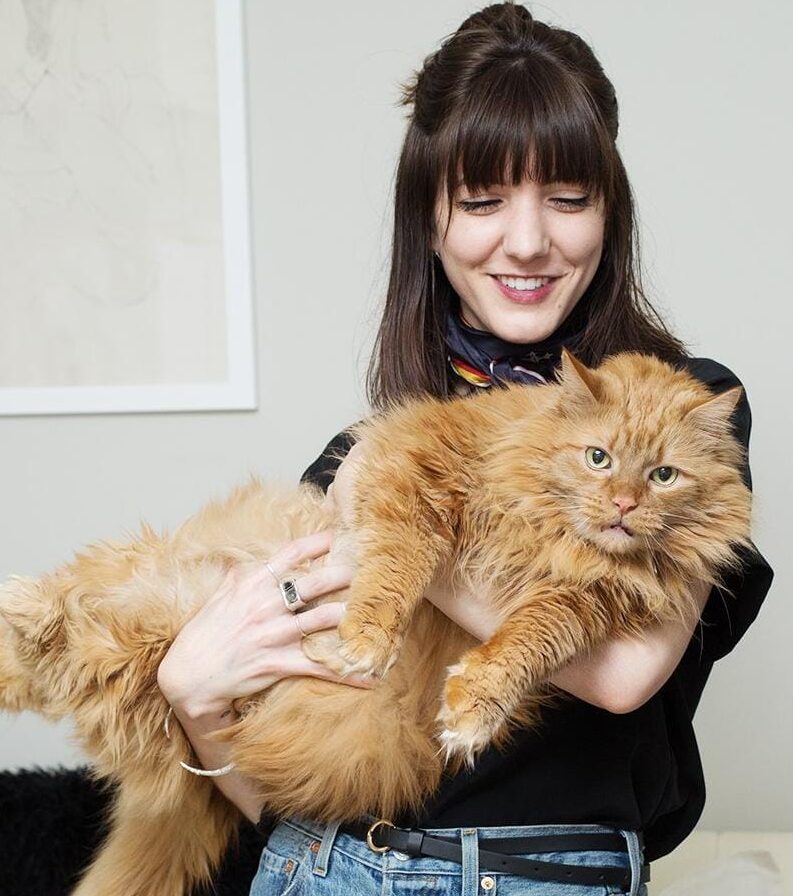
Hi, I’m Sana Sajid!I’m the voice behind CatsCare.blog, sharing my 10+ years of hands-on cat care experience. With a diploma in animal care, I offer practical tips, trusted advice, and easy-to-follow guides to help keep your cats healthy and happy.
When I’m not writing, I spend time with my own cats or exploring the latest developments in feline health. Follow CatsCare.blog for expert insights and real cat stories!

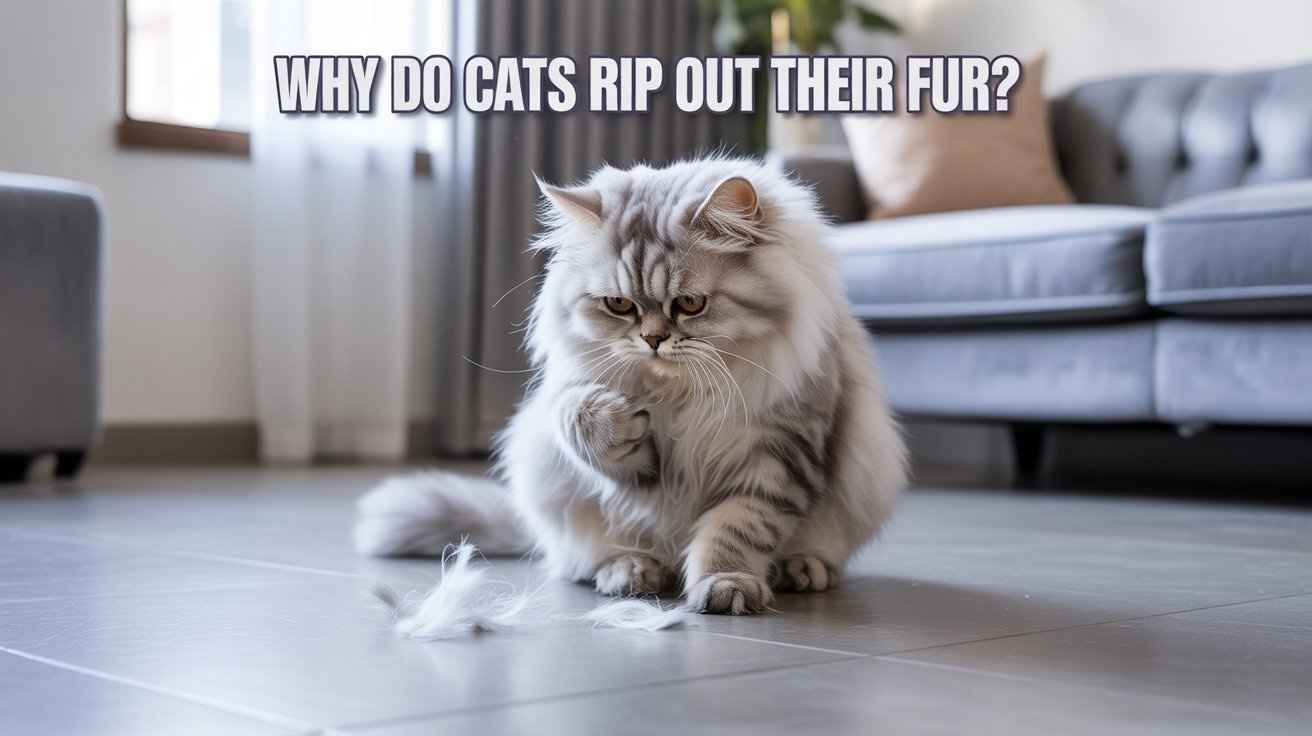
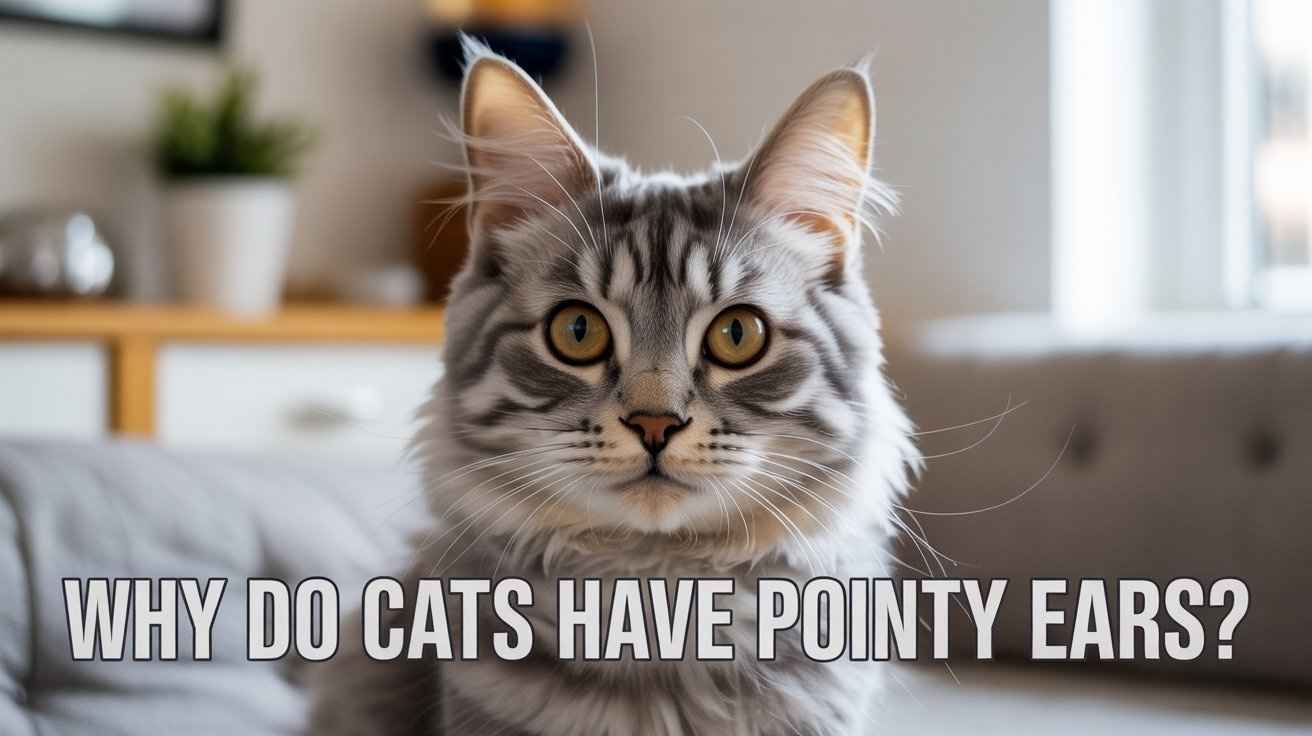
![A close-up profile of a brown and gray tabby cat with a white chest, highlighting the slit (Henry's pocket) on the outer edge of its ear. [Why Cats Have Slits in Their Ears]](https://catscare.blog/wp-content/uploads/2025/10/why-cats-have-slits-in-their-ears-cats.jpg)
